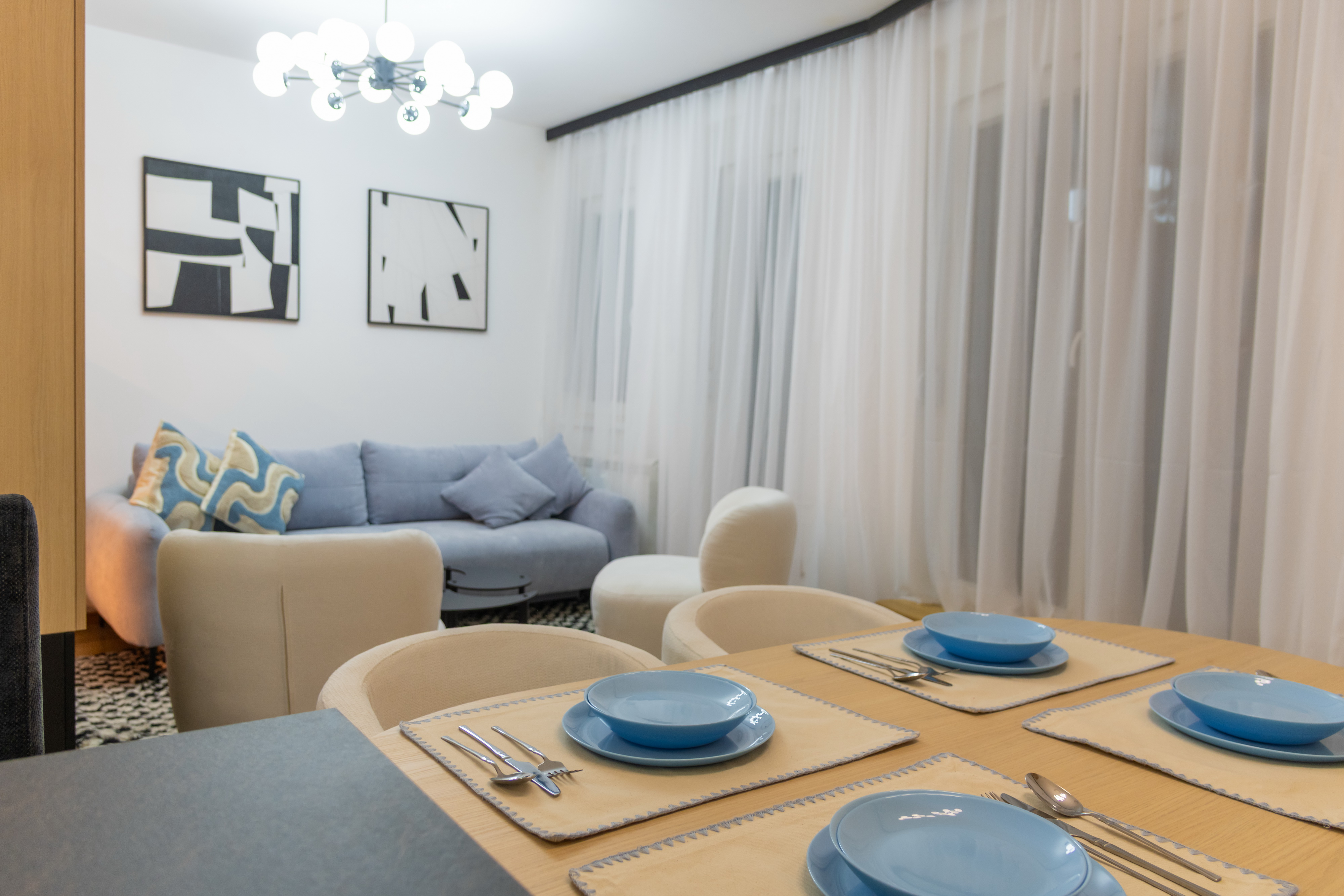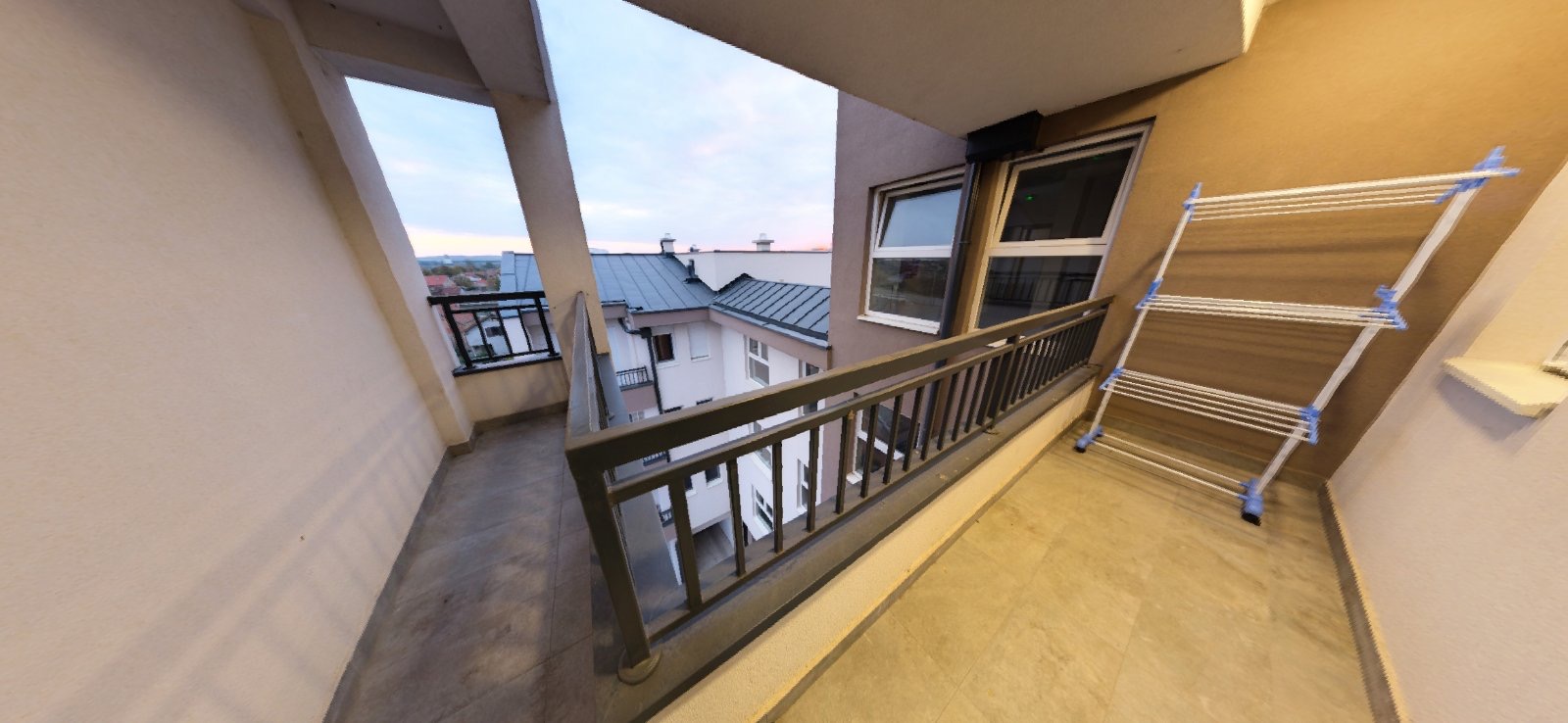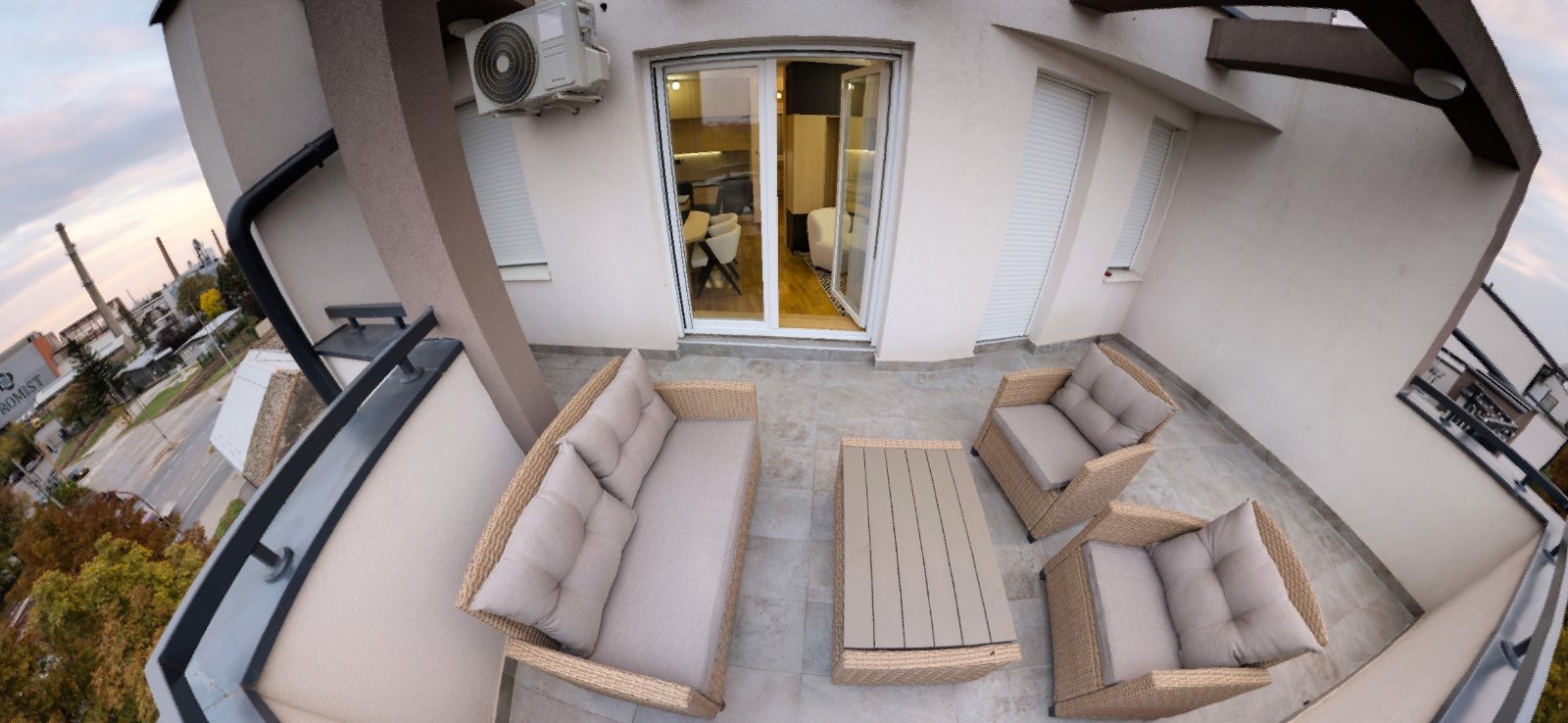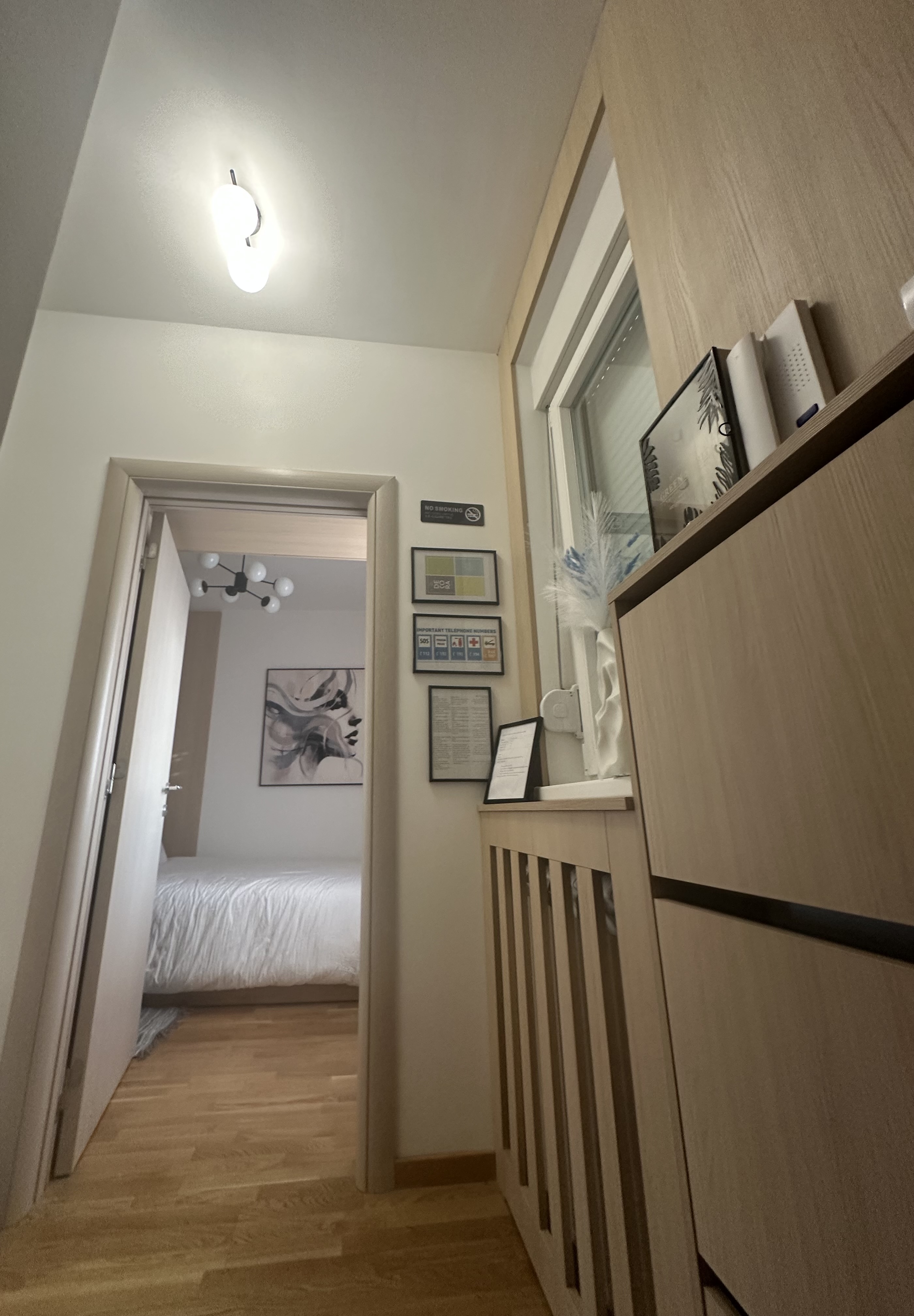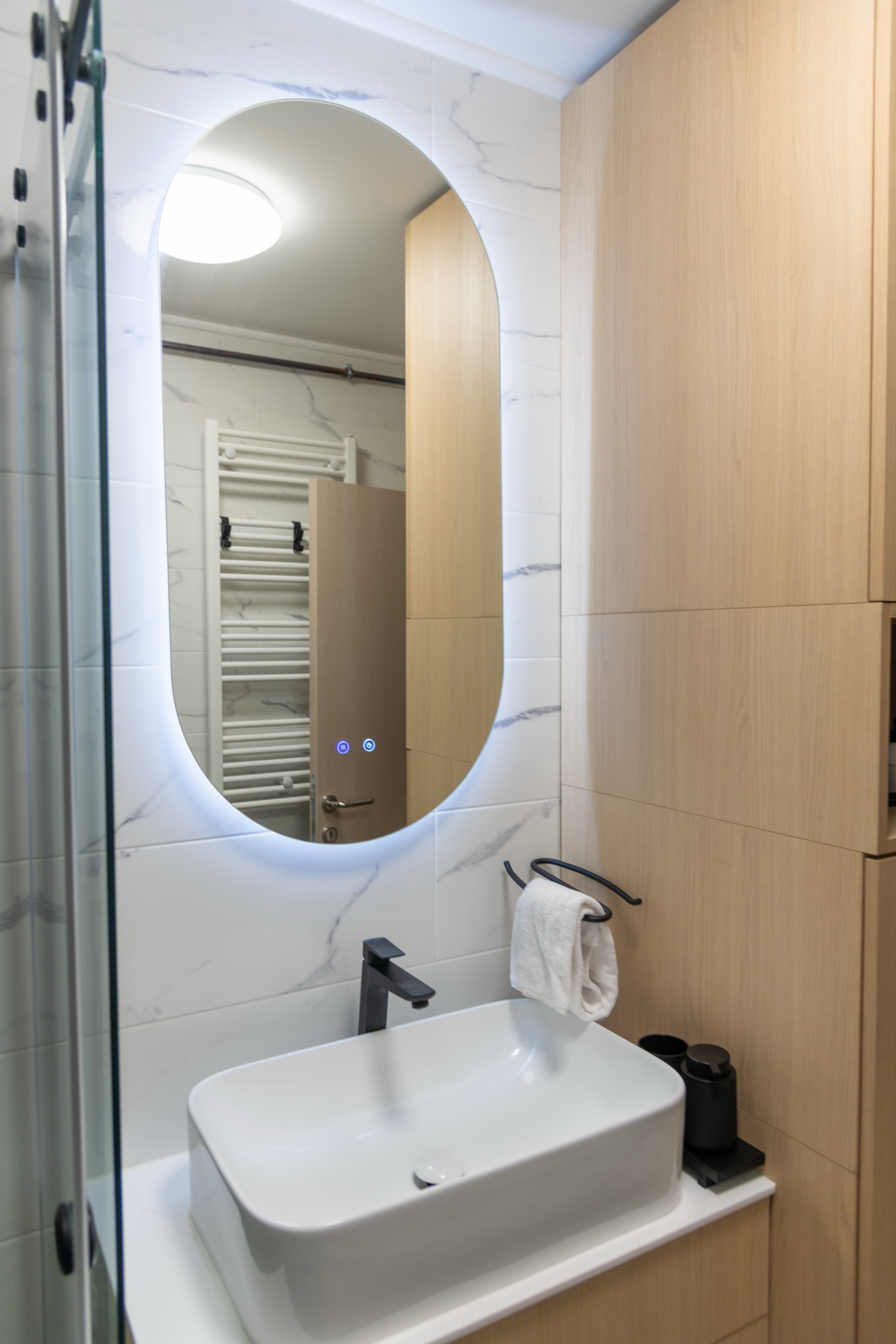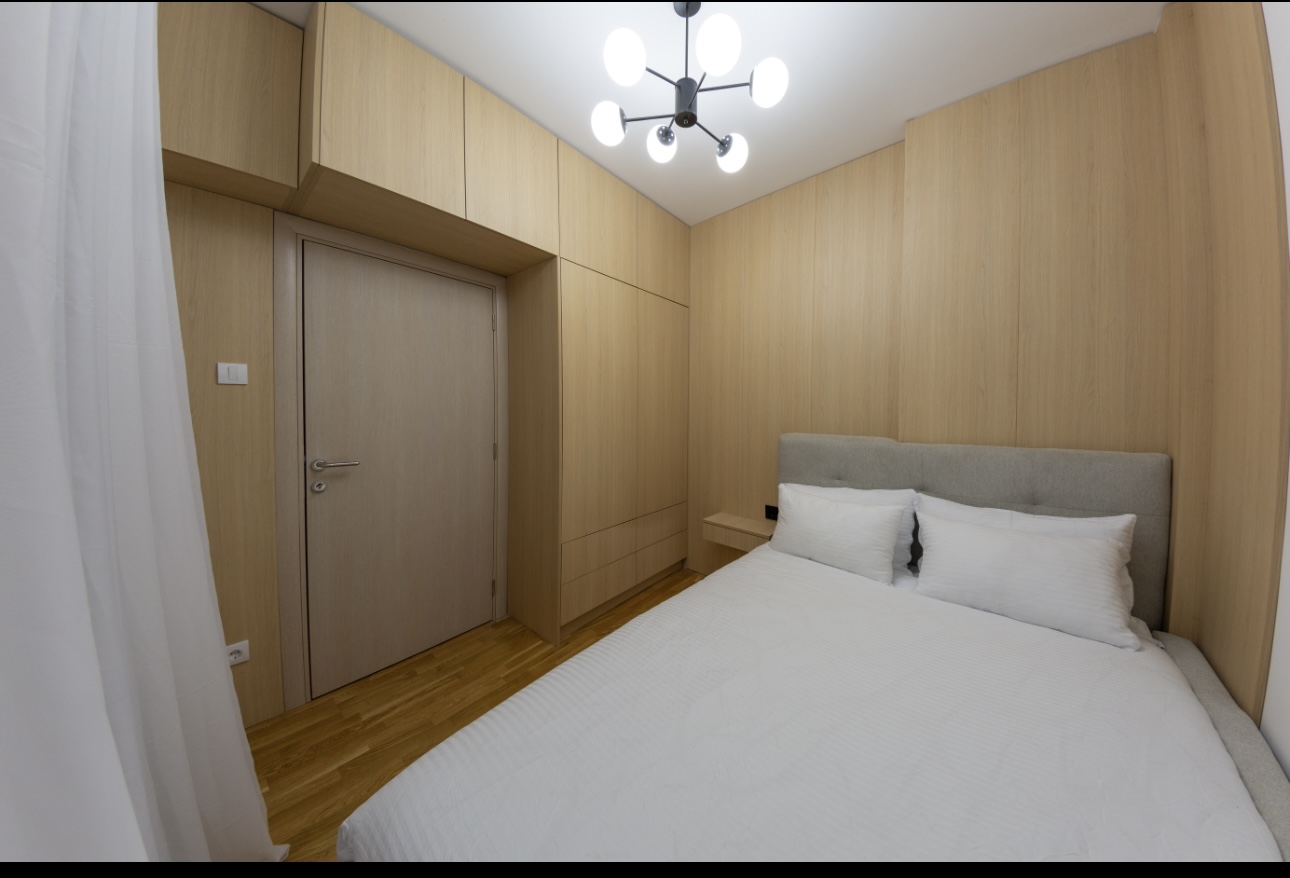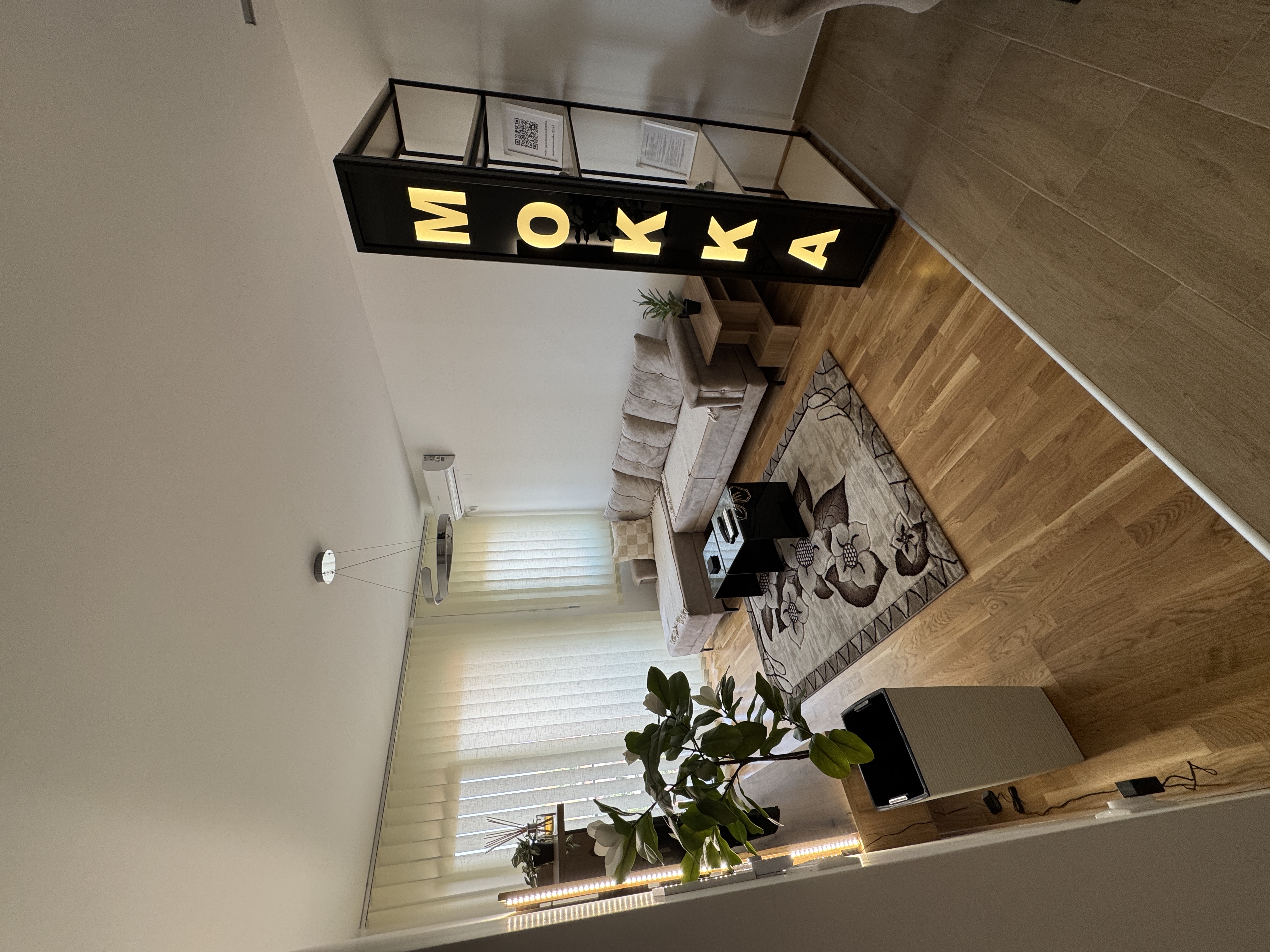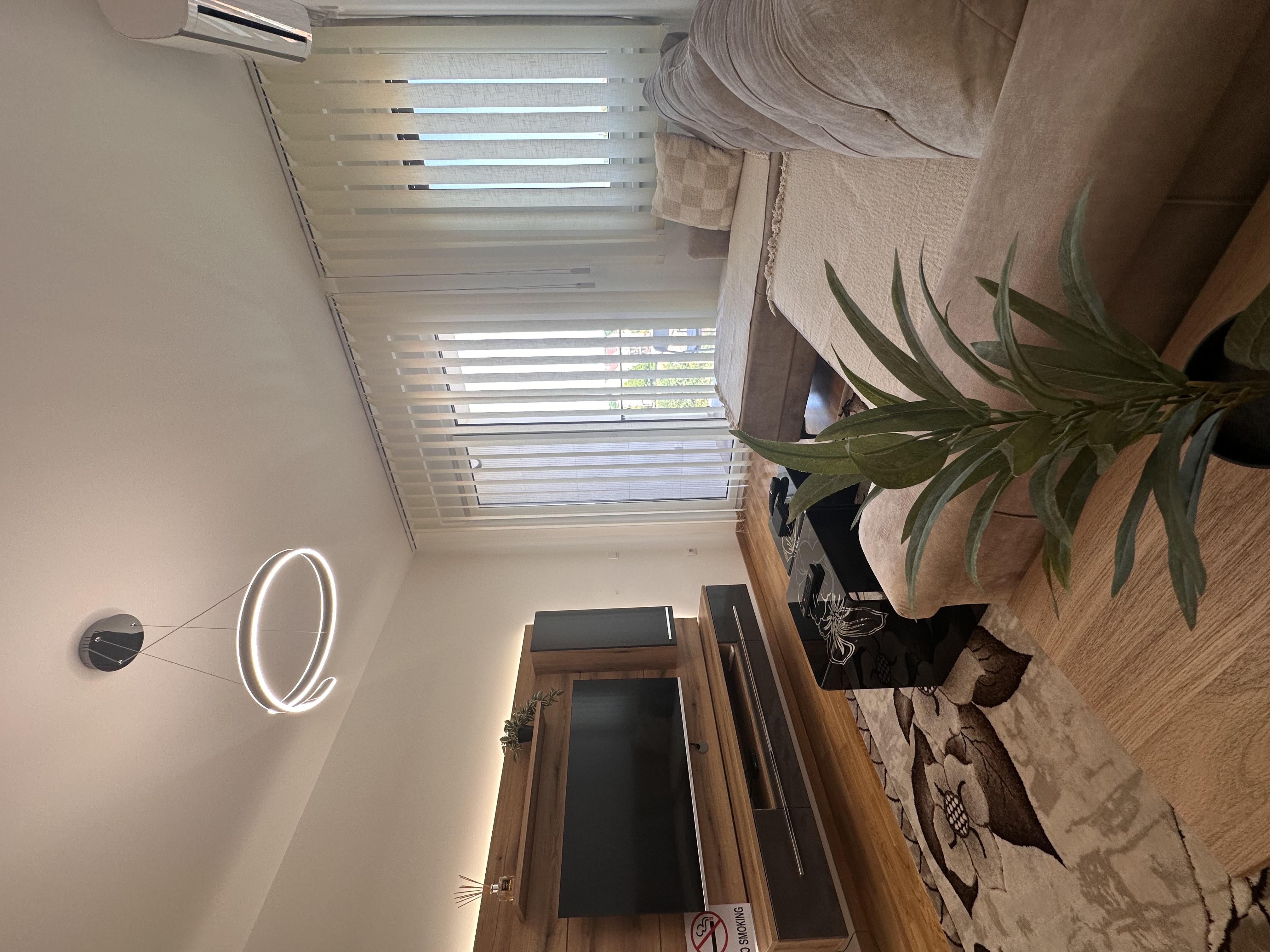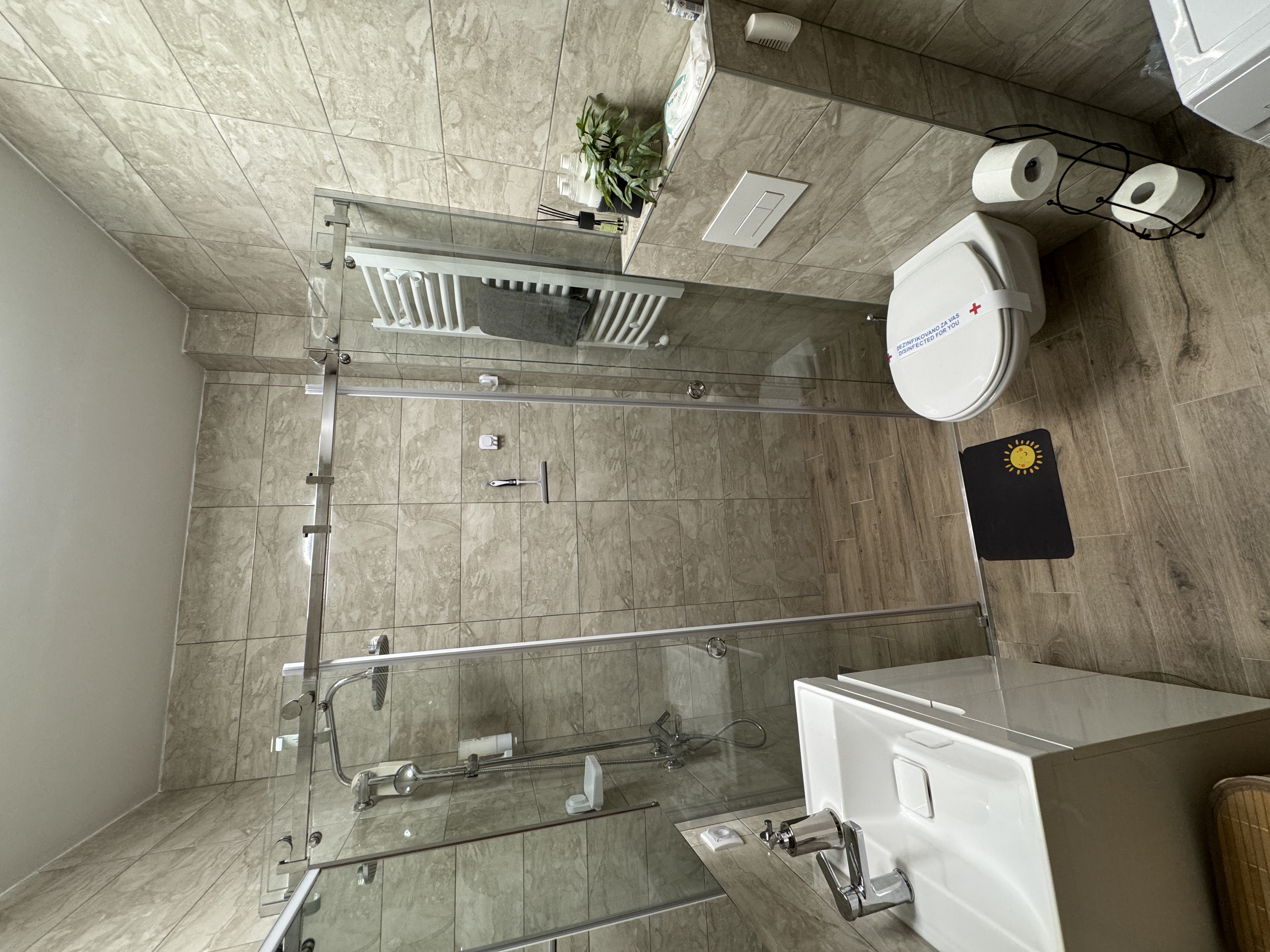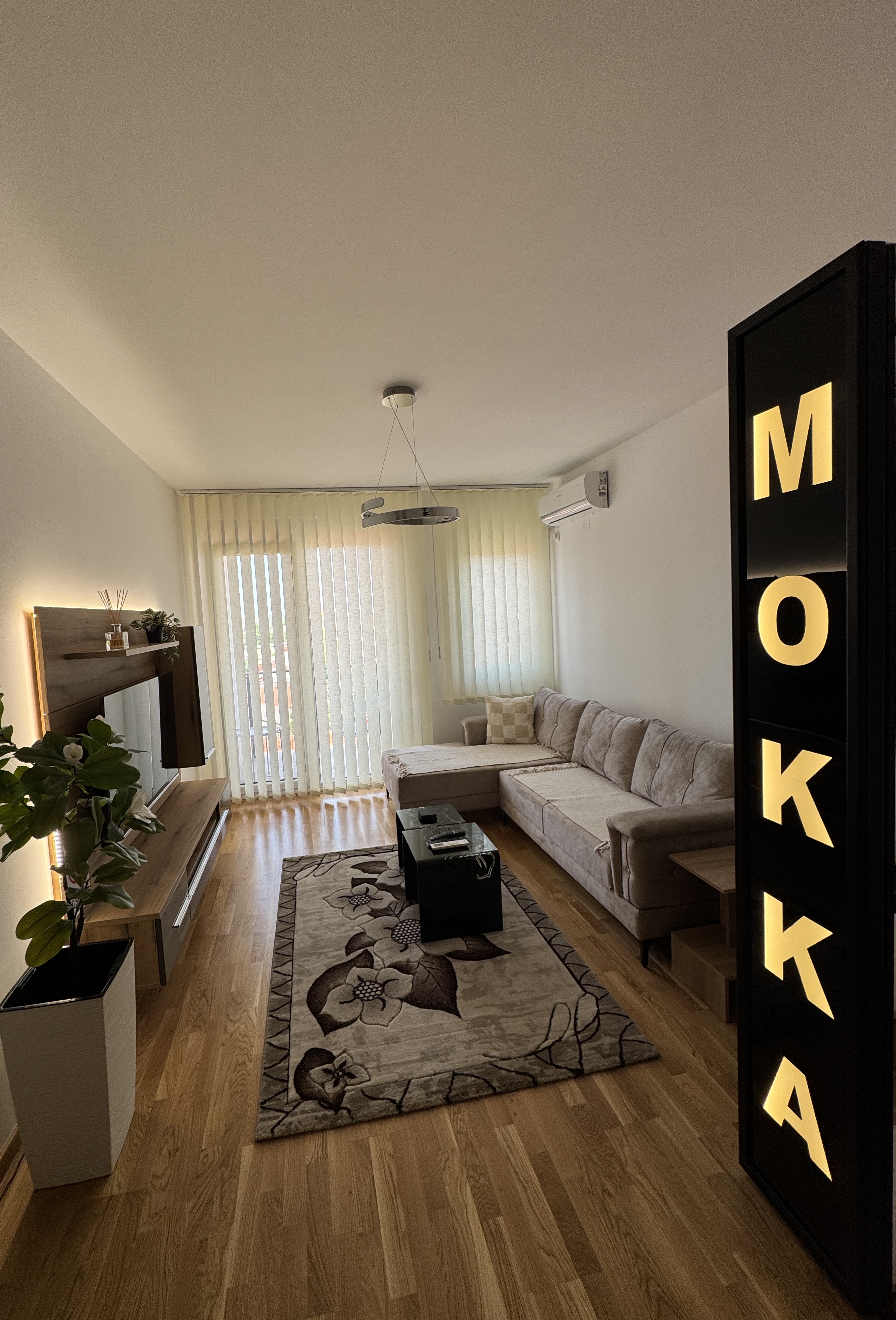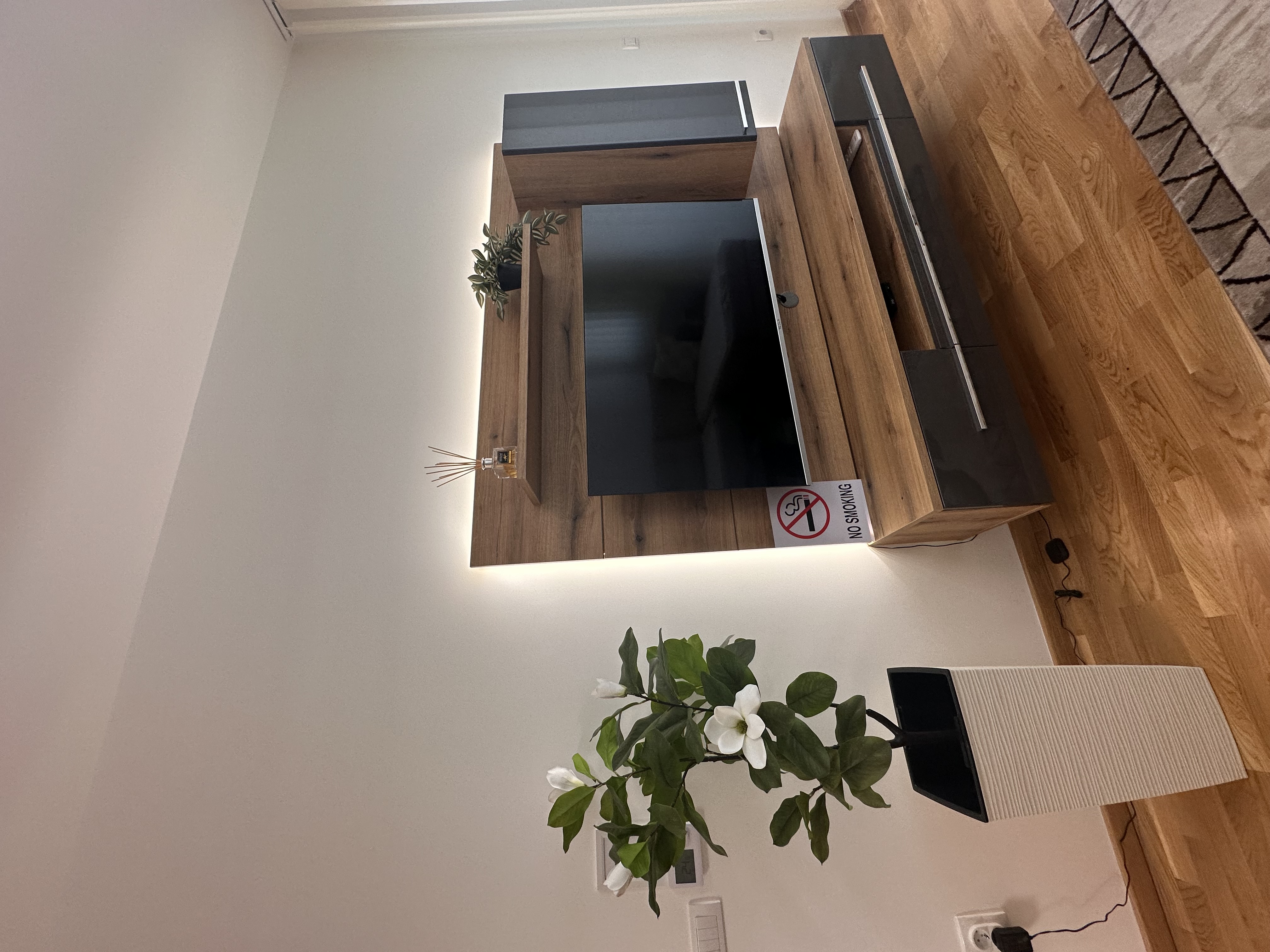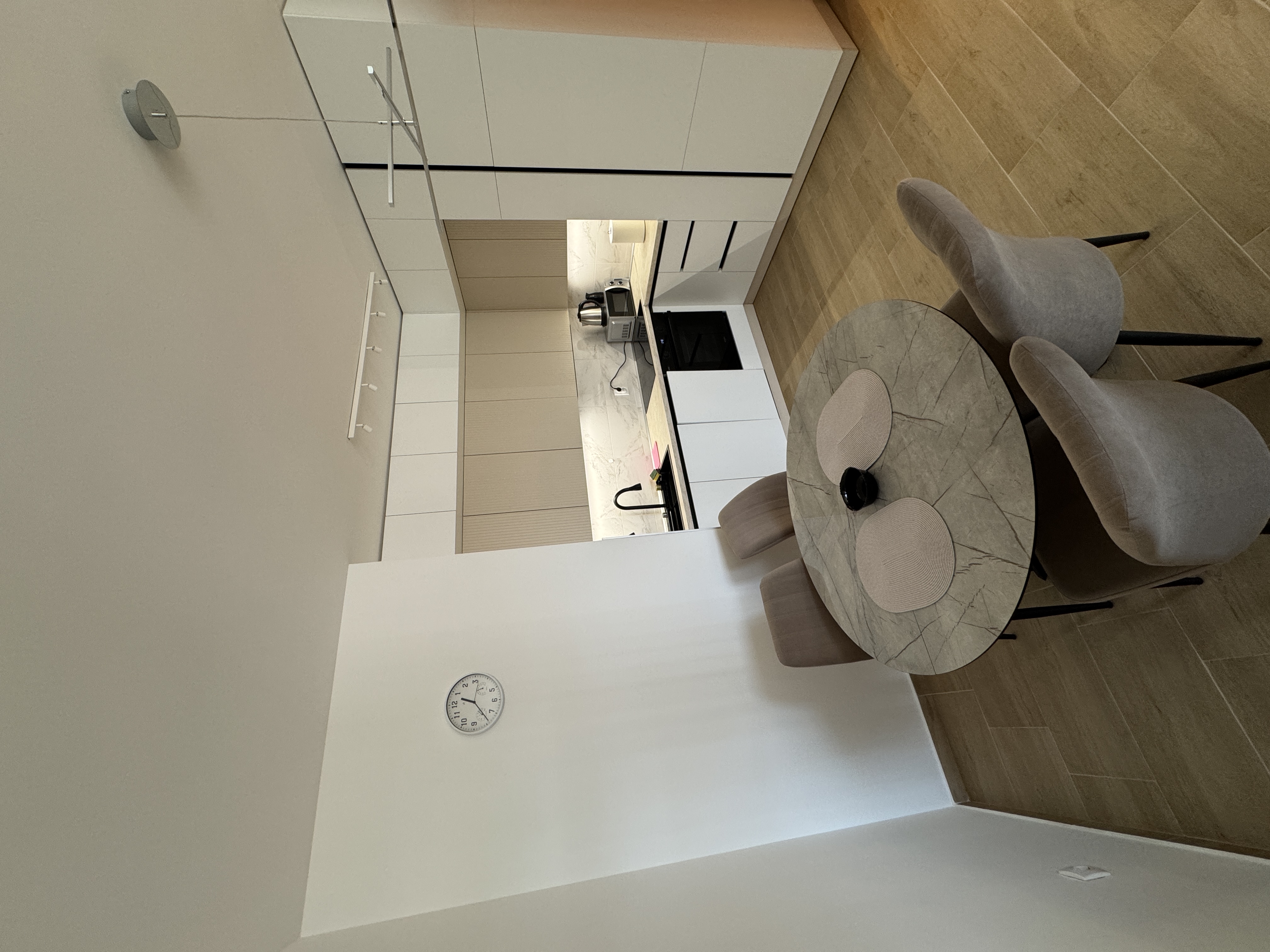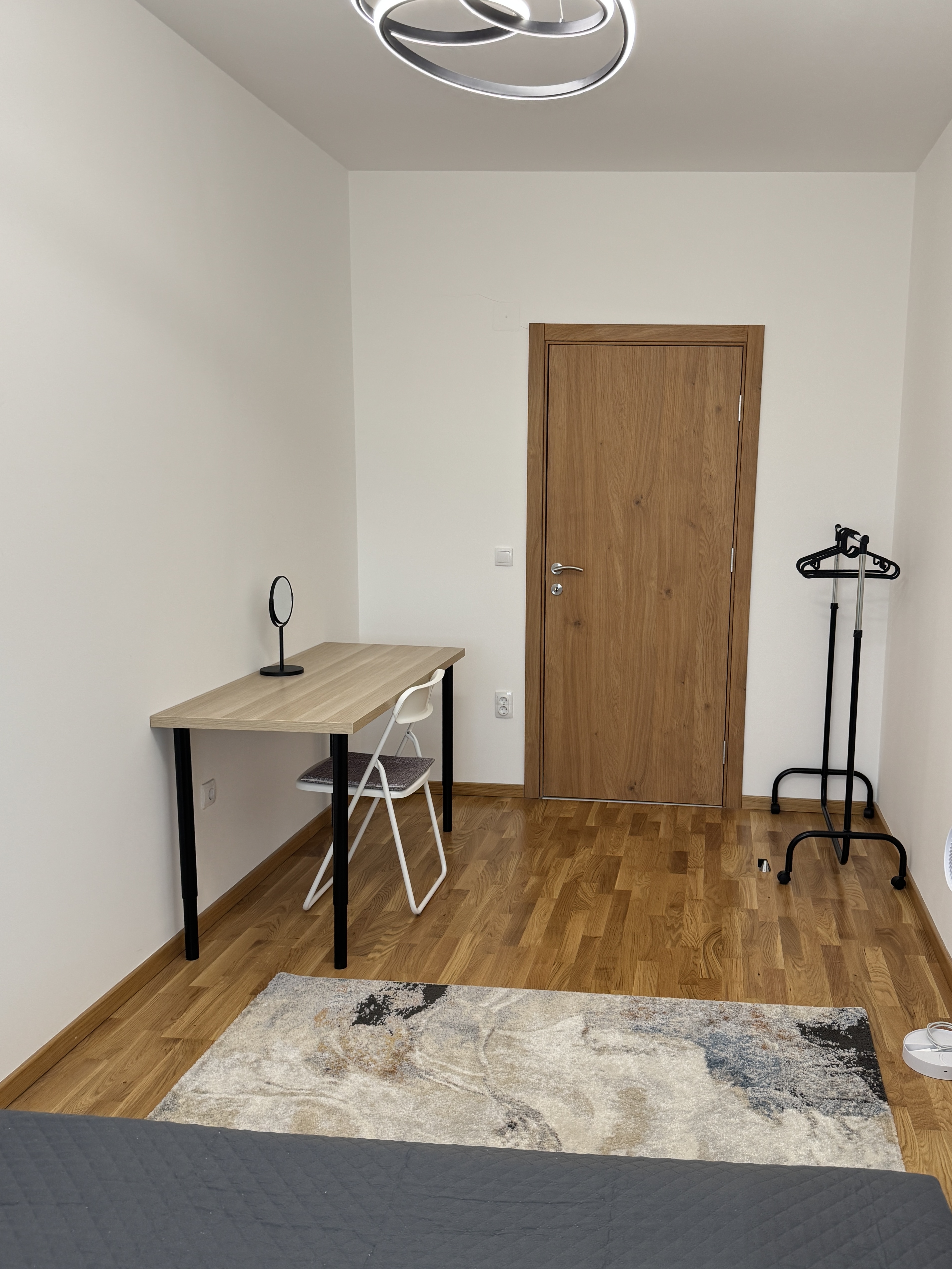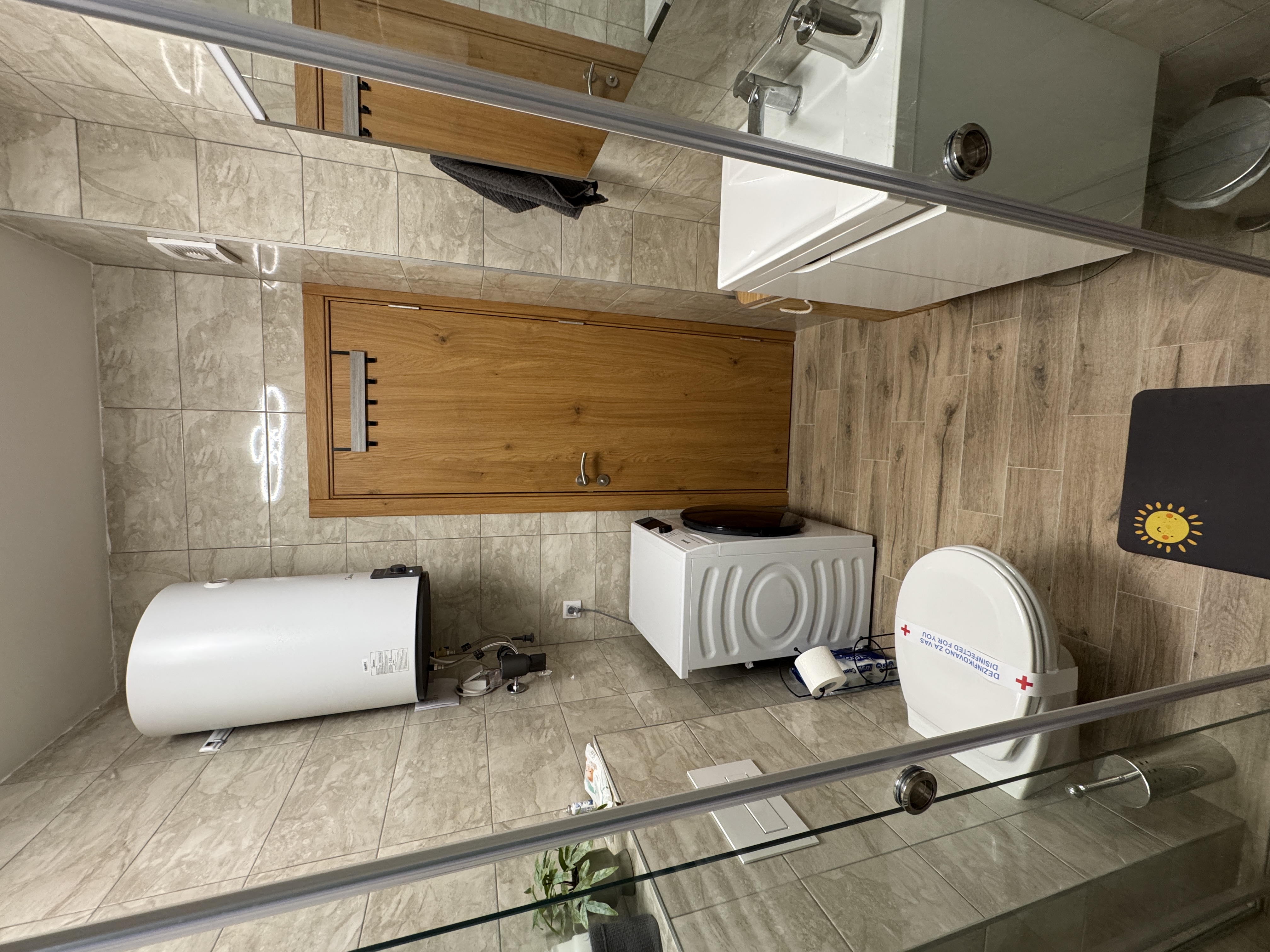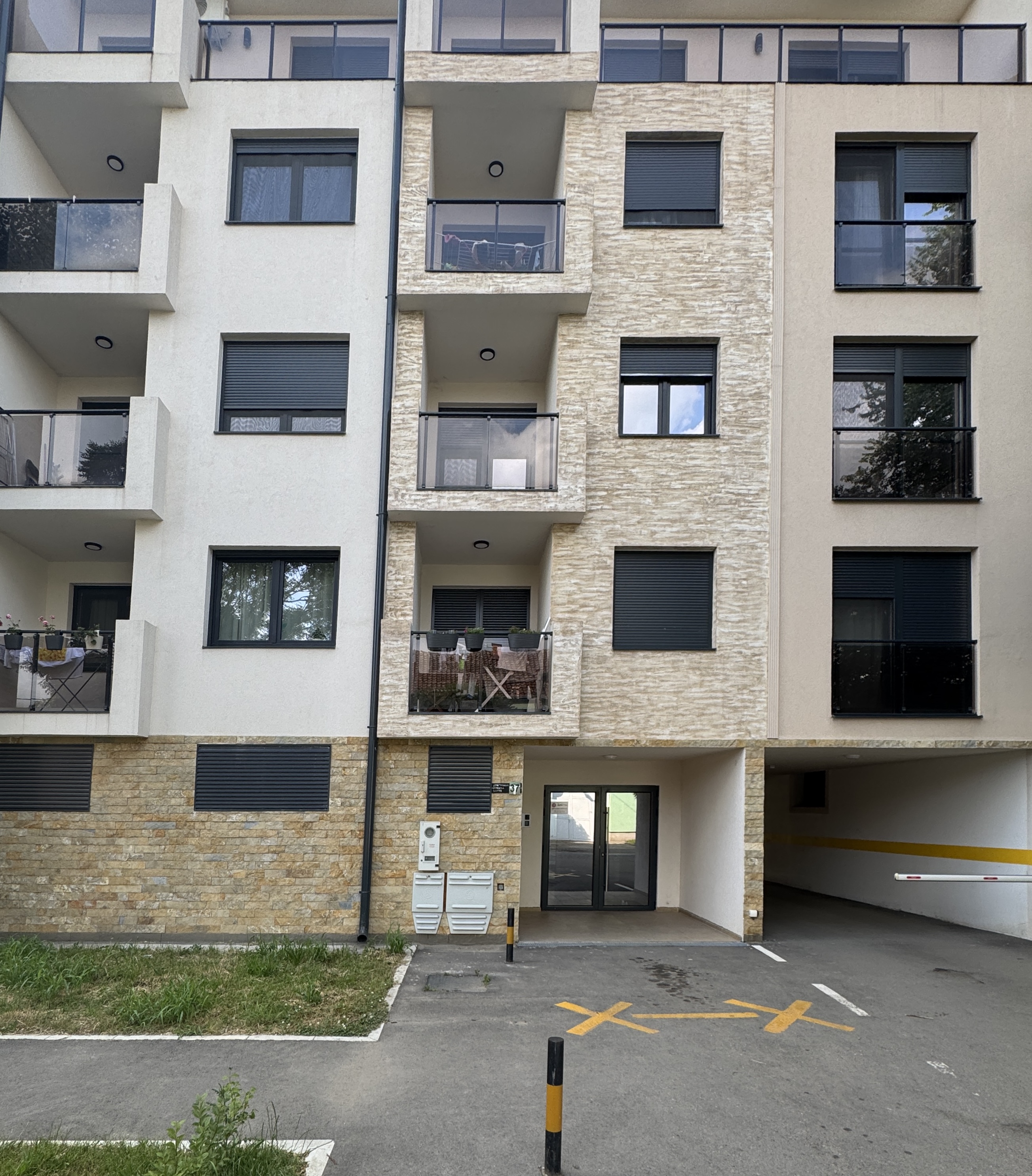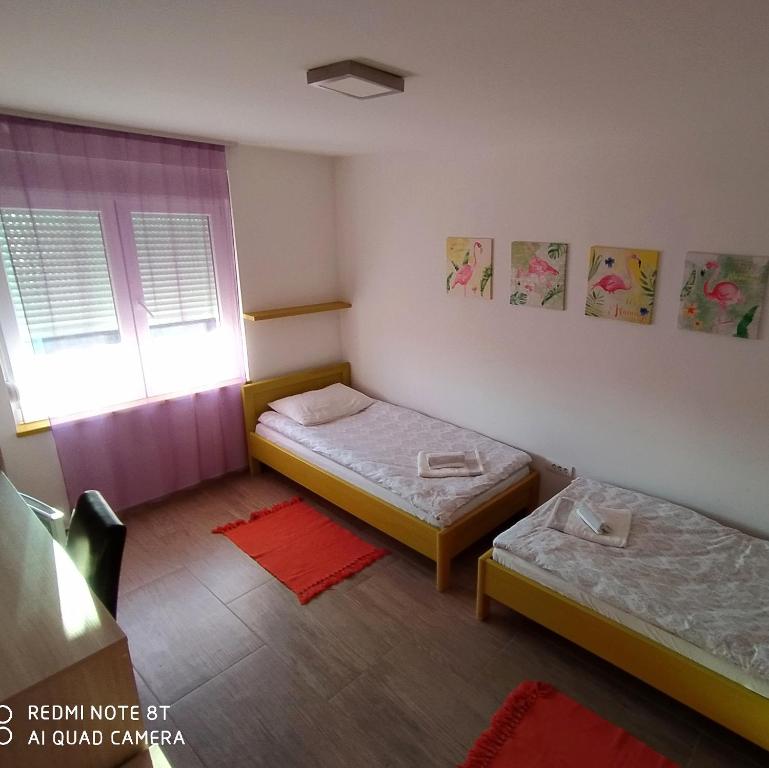Starčevo
Share this attraction
Back

Starčevo
Pancevo
The archeological site Starcevo is located on the left bank of the Danube and is only 8 kilometers away from Pancevo, a town in southern Banat. This site was entered in the central register in 1993 as a cultural monument of exceptional importance.
Site history
The first systematic excavations began in 1928, while drilling was carried out in 1931 and 1932. These researches represented the cooperation of the National Museum in Belgrade and Harvard. Miodrag Grbić carried out excavations on Starčevo in 1939, and in the middle of the 20th century, archaeologists Milutin Garašanin and Draga Garašanin conducted research. Audit excavations are related to 1969, while protective excavations were carried out during 2003. and 2004.
What was discovered at the Starcevo site?
The following were found at the Starčevo archeological site:
Site history
The first systematic excavations began in 1928, while drilling was carried out in 1931 and 1932. These researches represented the cooperation of the National Museum in Belgrade and Harvard. Miodrag Grbić carried out excavations on Starčevo in 1939, and in the middle of the 20th century, archaeologists Milutin Garašanin and Draga Garašanin conducted research. Audit excavations are related to 1969, while protective excavations were carried out during 2003. and 2004.
What was discovered at the Starcevo site?
The following were found at the Starčevo archeological site:
- dugouts of ellipsoidal and circular shape, between 2 and 6 meters in diameter;
- several graves with the deceased in a crouched position;
- hearths inside dugouts;
- stone and bone weapons and tools;
- ceramics painted with geometric ornament, which is painted white, red and black; as well as
- anthropomorphic figures made of baked earth.
How to get to Starčevo?
- From the Serbian capital, you can reach Starčevo by car in half an hour (via Route 10 and Pancevo Road).
- If you are leaving Belgrade by bus, then we advise you to come from Pancevo to Starcevo by taxi, since the distance between these 2 places is not great. You can call Laguna Taxi - 013 333666 or Golub Taxi - 013 355 555.
Additional information
According to the archeological site Starčevo, the whole culture was named Starčevo culture. It is associated with finds from other sites in the Balkans and Central Europe, where the name Starcevo-Keresh-Krish culture is used, after sites in Hungary and Romania. The Starčevo culture is a Middle Neolithic culture, which spread in the central Balkans during the 4th and 5th millennium BC. The main activity of this culture was agriculture (agricultural and livestock), fruit gathering, hunting and fishing. Its inhabitants lived in clay houses, mostly along large rivers. The Starčevo culture was replaced by the Vinča culture, with a new wave of newcomers from Anatolia.
According to the archeological site Starčevo, the whole culture was named Starčevo culture. It is associated with finds from other sites in the Balkans and Central Europe, where the name Starcevo-Keresh-Krish culture is used, after sites in Hungary and Romania. The Starčevo culture is a Middle Neolithic culture, which spread in the central Balkans during the 4th and 5th millennium BC. The main activity of this culture was agriculture (agricultural and livestock), fruit gathering, hunting and fishing. Its inhabitants lived in clay houses, mostly along large rivers. The Starčevo culture was replaced by the Vinča culture, with a new wave of newcomers from Anatolia.













